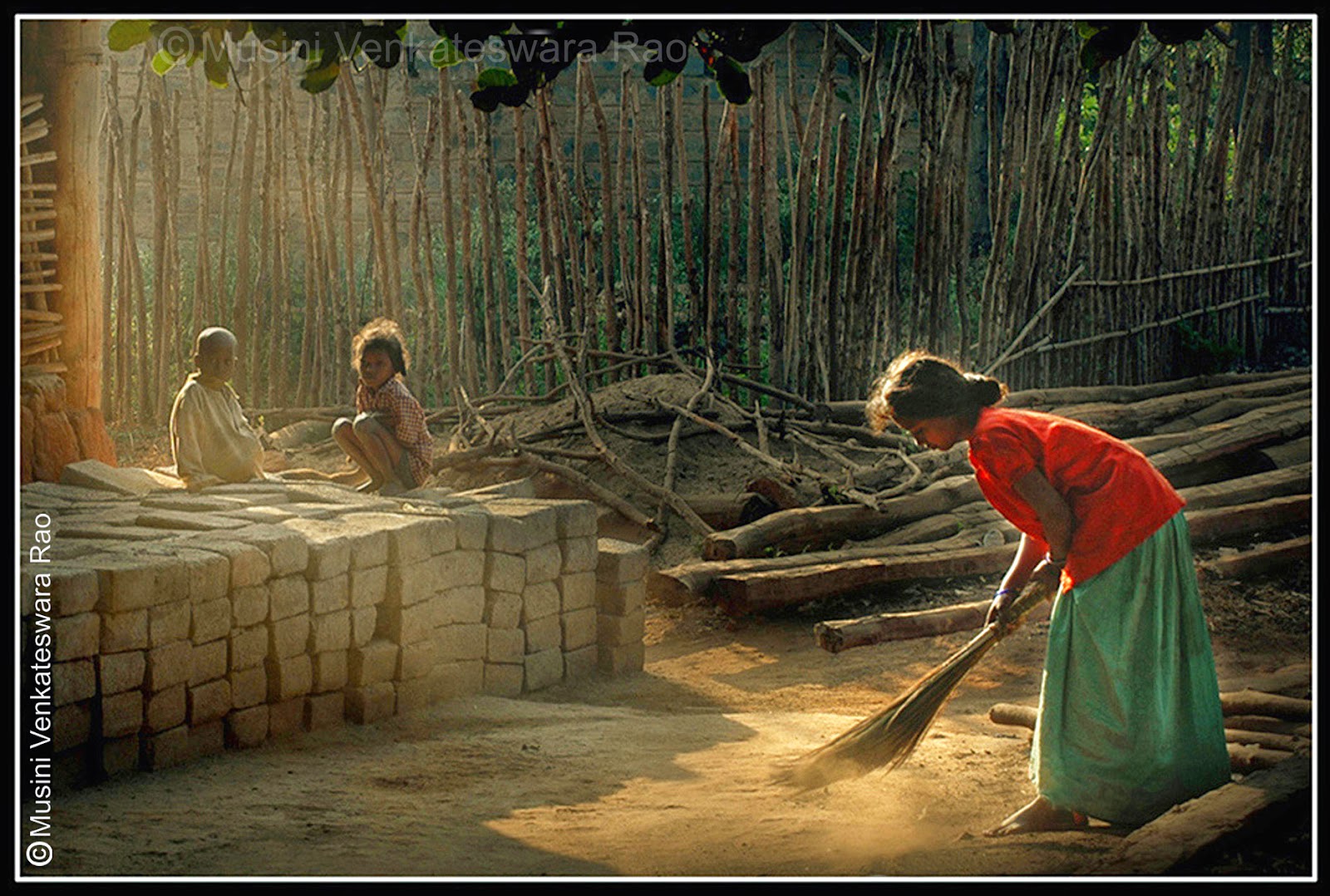 From the Archive.............
From the Archive.............
-Learning-........
Photographing
Architecture
.....
Similar to other
subjects, beautiful buildings (especially historical structures, old religious
edifices etc.) offer us good opportunities to get excellent pictures. Various
places of our planet are rich in gorgeous architectures. These structures
attract a photo artist at first sight and he/she wishes to shoot them at
his/her best. A few points can help us representing an attractive architecture
brilliantly:
1. Lighting plays a vital
role. Sun light of early morning and late evening is ideal for our purpose as
this light falls on a subject at low angle and creates long shadows. This adds
depth to a structure and on the other hand highlights the dimensions. Moreover
this type of light brings out the details of the subject. If falling on the
subject from one side, this light helps in producing superior images.
2. Good equipment is an
essential factor for our intention. So we should choose a camera with all necessary
features. The most important thing is selection of right lens. A normal lens is
ideal for our purpose. This helps out in avoiding distortion in our images.
Sometimes it becomes difficult to cover a structure from one edge to another
due to the lack of space. In such case a wide angle lens is of great use. But a
wide angle lens tends to distort the image. This problem can be overcome by not
going very close to the subject. A perspective correction lens can also help us
avoiding distortion. We can also get rid of the distortion in our image with
the help of editing software like Adobe Photoshop.
3. Composition is an
imperative aspect in architectural photography. We must always aim at simple
and aesthetic composition. Shooting a building straight way is not enough. Our
aim should be to make an interesting photograph. We should try to involve the
surroundings also in our photograph along with the major subject. Involving
trees, plants, human beings, etc. in the frame adds meaning to our photograph.
4. In order to show
maximum parts of a building in focus with ultimate depth, we have to use a
small aperture (22, 16 or 11).
5. Shooting the whole
structure of a building is not necessary in every case. Sometimes a specific
part of the building can provide a good image. The presentation depends on our
approach. Few buildings are rich in artistic forms. If we shoot these forms
aesthetically, we are sure of getting outstanding pictures.
6. Sky has an important
role in architectural photography. We should avoid flat and dull sky. Rich blue
sky is always ideal and if the sky has patches of clouds too, we are lucky
enough to get a decent shot. Flying birds (if we luckily get) in the sky also
give strength to our photograph.
7. Sometimes we can get
good images during the night when a particular building is decorated with
colourful lights or illuminated well with any source of light. While doing so
we should always rest the camera on a sturdy tripod.
--Dr.
Pankaj Sharma





















